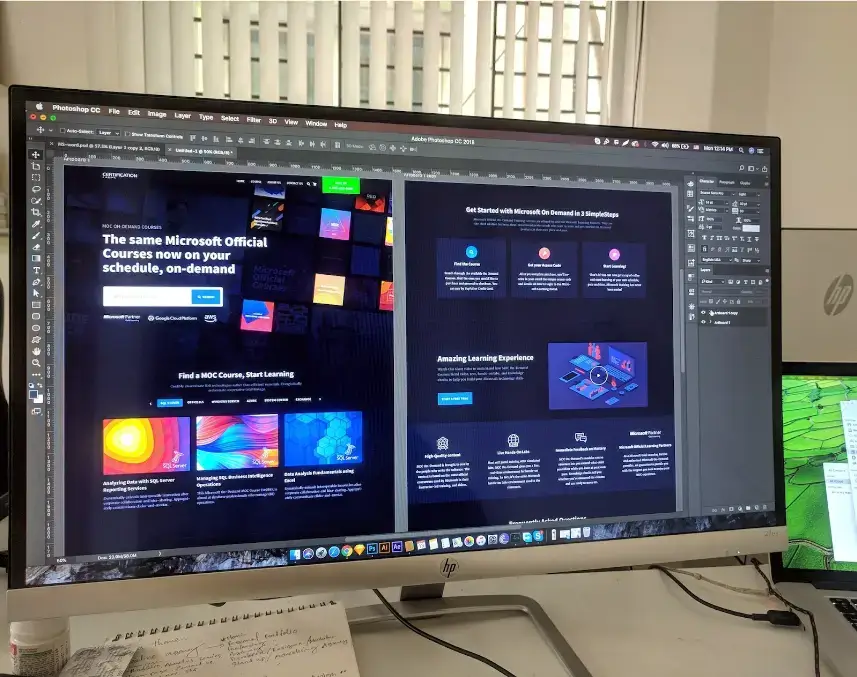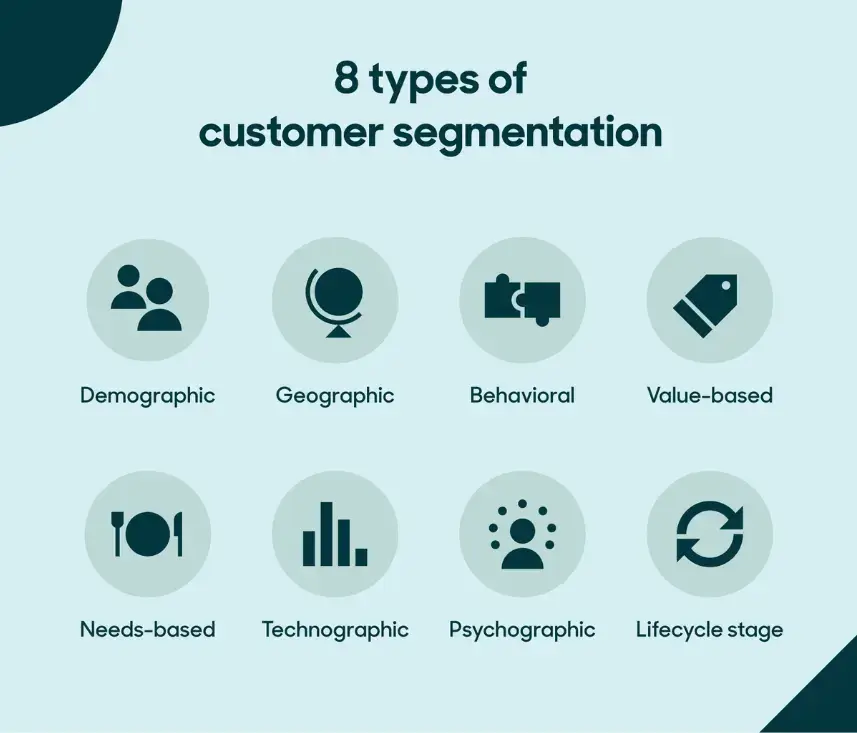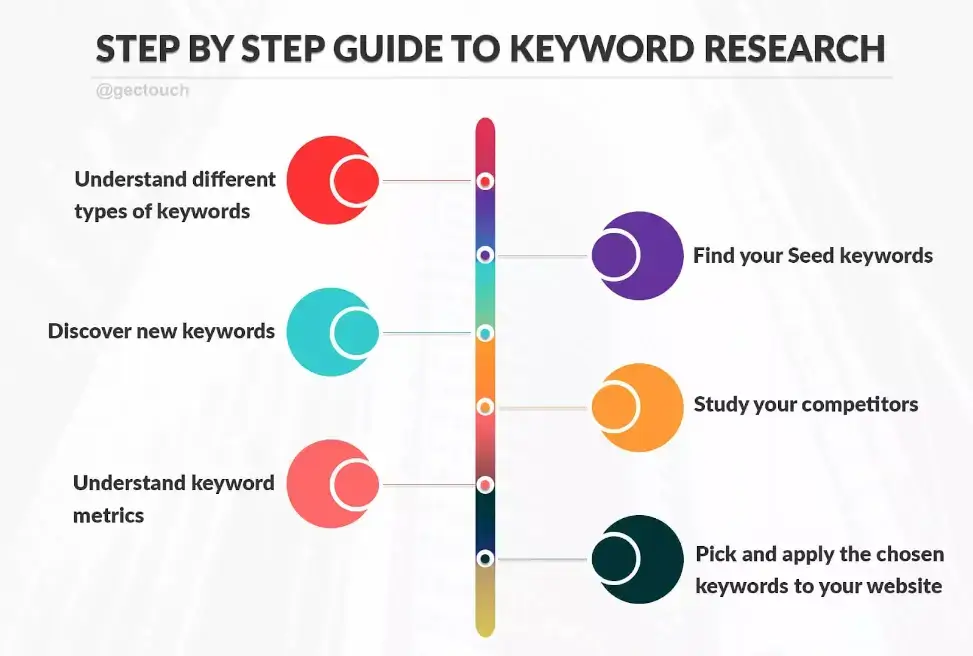Building a thriving online presence is challenging, encompassing numerous online channels, marketing practices, brand building, visual design, and more.
Of course, one of the foundational pillars of a powerful online presence is your website. Your company’s website is your identity in a saturated online world–an identity that sets you apart from the competition.
But it’s also your company’s storefront and a place where you can generate leads through powerful messaging, visuals, incentives, and of course, education.
And it all ties together in your website’s design. There’s a lot to say about the power of modern web design regarding B2C and B2B lead generation and brand building, so let’s look at how you can use it to maximize lead generation.
For example, if you’re targeting specific markets like Canada, it’s smart to partner with a Canada-based web design agency. Since they already work with Canadian clients, they understand the local market, customer preferences, and cultural nuances—helping your website connect more effectively with your audience.
Article Shortcuts:
- The Role of Web Design in Lead Generation
- Understand Your Market and Target Audience
- Weave Your Brand Identity Into the Design
- Design for SEO and Organic Traffic
- Aligning Visual and Written Content
- Nailing the First Impression
- Incorporating Calls To Action
- Performance Optimization and Mobile-Friendly Design

Photo by Eftakher Alam on Unsplash
The Role of Web Design in Lead Generation
First, let’s look at the intricate relationship between good web design and successful lead generation.
Your website serves as the primary touchpoint with potential customers, and its design greatly influences their perception of your brand, products, and services. Let’s put this into perspective.
When you look at the cost of developing a website and its various factors, you need to focus on the return on investment (ROI) of the site’s overall design. It is because:
- First impressions generate leads.
- Web design improves user engagement.
- Web design showcases your brand identity.
- You can focus on a conversion-centric layout.
- Web design impacts search engine optimization (SEO).
- Good web design builds consumer trust.
- Good design makes data collection easier.
For these and many other reasons, web design should make a substantial part of your marketing and branding budget.
You must also work with industry experts to bring a winning website design, architecture, and visual identity to life. With that in mind, here’s what you need to do.
Understand Your Market and Target Audience
The first step towards building a website that generates leads and helps convert them into paying customers is to research, segment, and understand your audience.
Start by segmenting your target demographic by their common traits:

You can delve deeper into market research to understand the trends behind web design, online branding, and audience engagement in your industry.
Always remember that different web design strategies will work for different audiences and niches, so it’s essential to understand your audience to personalize your site.
After all, attracting the Gen Z demographic differs from appealing to millennials.
While your web developers won’t be able to create a website that appeals to everyone, they can use the market and demographic data to create a website that appeals to your ideal users.
Once you understand the needs of your audience and the design trends for websites in your industry, you can start drafting your site–with proper A/B testing and focus groups to follow.
But before reaching the final testing stages, you must take other vital steps.
Weave Your Brand Identity Into the Design
Brand-building is one of the most critical elements of long-term success, both online and offline.
You need to weave your unique brand identity into your online and offline presence to stand out from the competition and make your business more memorable.
When building a robust, lead-generating website, weaving your brand elements into the design is paramount to success.
Now is the time to analyze your brand style guide and work with your web designers on implementing those elements into the site.
Consider revamping your brand style guide if you haven’t done it in a few years. Suppose you are building your brand for the first time.
In that case, working with a creative branding agency with years of experience is essential to develop a unique and memorable brand identity. To make your website stand out, you’ll need to implement the following:
- The brand’s color scheme
- Your unique brand voice
- Supportive assets like branded icons and pictograms
- Original brand visuals, including photos and videos
- Unique brand messaging
Design for SEO and Organic Traffic
Search engine optimization is one of the most important elements of web design.
You need your website to attract users from the search engines and to appear consistently at the top of the search engine results pages (SERPs)–and the design of your website is one of the critical factors here.
There are many SEO factors, both internal and external, that will influence your site’s ranking in the search results, however, so keep in mind that web design is one piece of the puzzle.
To start, you need to conduct keyword research.

Quality content and keywords are the cornerstones of good website ranking for business-to-business (B2B) and business-to-consumer (B2C) companies.
If you’re running a SaaS business, you need to conduct SaaS keyword research that focuses on the different types of keywords.
In the same vein, B2C businesses need to focus on relevant keywords for their target audience, as well as the niche as a whole.
You will then weave those keywords into the content and the overall design to make your site easy to discover.
Aligning Visual and Written Content
Web design encompasses everything from website performance to visuals and the written content that tells your story.
Both visual and written content is instrumental in SEO, user experience, engagement, and your site’s key performance indicators (KPIs).
Your written content for every page needs to tell the right story and cover the relevant keywords, but it also needs to complement the visuals–not overwhelm the design.
One common mistake business leaders make is using too many words on a website that should leverage visuals to guide visitors instead.
Make sure to write the first draft of your website copy, and then start trimming it with visuals in mind. Your writers should use a plagiarism checker to ensure the content is original and thus avoid penalties from Google.
The content leads should then work with the web designers to scale the content and create visually-appealing pages. Remember that you can put much of the written content inside visuals, such as infographics, images, and videos.
Nailing the First Impression
When generating interest, returns, and capturing leads, making an excellent first impression is essential.
The visitors will decide whether to stay on your site or hit the back button within the first few seconds of landing on one of your pages.
To capture their attention, you need to master your above-the-fold design and content.

To capture the attention of your visitors and inspire action, you need to have a strong headline and hero image. You can also have more interactive and dynamic content, such as a carousel slider that will show your chosen various images.
These can be images of your business, text-based images that tell more about your company, or a slideshow of your products or services.
Coupled with good messaging and a strong explainer below the headline, the user will instantly understand what you’re all about.
Incorporating Calls to Action (CTAs)
No matter how beautiful, optimized, and user-friendly your website may be, it’s important to note that lead generation rarely happens.
You need to inspire and incentivize your visitors to complete a concrete action–hence, you need to weave CTAs into your web design strategies.
Calls to action are statements, banners, and buttons on your pages that tell the visitor to do a sure thing, and it’s not always to buy something. CTAs come in many forms and can encourage various responses, including:
- ‘Download your eBook’
- ‘Sign up for a free course’
- ‘Sign up for a free trial’
- ‘Sign up for your mailing list’
- ‘Follow you on social media’
- ‘Write a review’
- ‘Get in touch’
Make sure to incorporate these elements, including forms and opt-ins, throughout your site to get people to interact with you and share their contact info.
Performance Optimization and Mobile-Friendly Design
Last but not least, web designers should ensure your website runs smoothly on all platforms and browsers.
A big part of Google’s ranking system nowadays includes the Core Web Vitals, which tell the search engine whether websites are loading properly and quickly, among other things.

If you want to rank high in the search results and engage your visitors, you must have a website that loads within the first two seconds.
Migrating data between PostgreSQL entities to elevate performance is an excellent way to ensure smooth implementation.
By implementing database replication, your website can distribute data across multiple servers, reducing the load on any single server and enhancing overall performance.
This setup allows for faster response times and ensures your website can handle high traffic without compromising user experience.
Moreover, you must ensure your site loads correctly on mobile devices and supports all screen sizes.
Invest in mobile-friendly design that relies on visuals and impactful content without flooding the page with paragraphs of text. Integrate CTAs naturally into the content of each page, using your brand’s colors and messaging tailored to your audience.
Over to You
Powerful web design generates qualified leads and inspires people to take action.
But it can take your business further than that and help you retain customers over the long term, build loyalty and trust, and upsell effectively. Especially when combined with an international website designer who can create a seamless, user-friendly experience for your visitors.
Now that you know how to use web design for lead generation and brand success in a competitive online world be sure to apply these tips to take your business forward.


